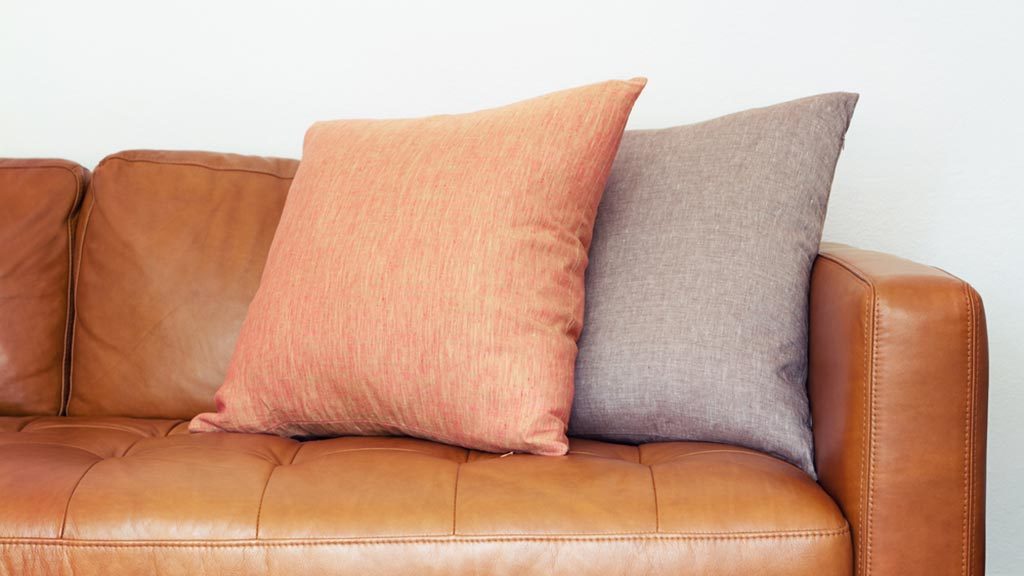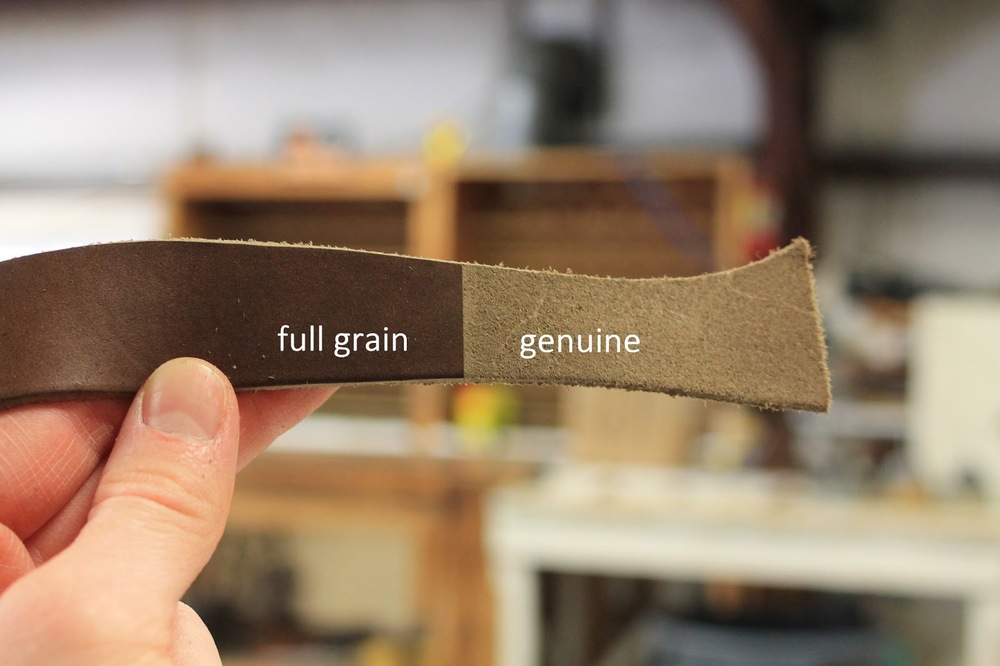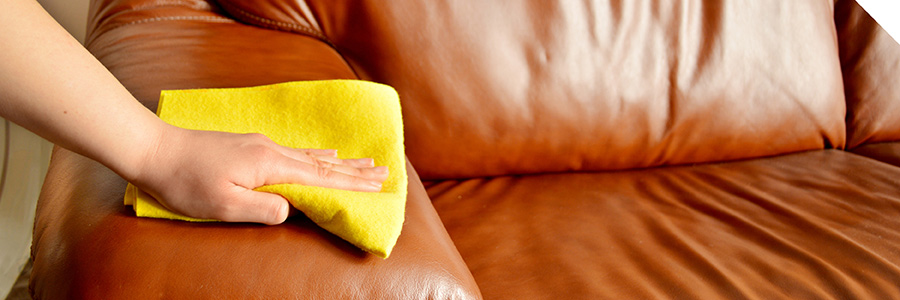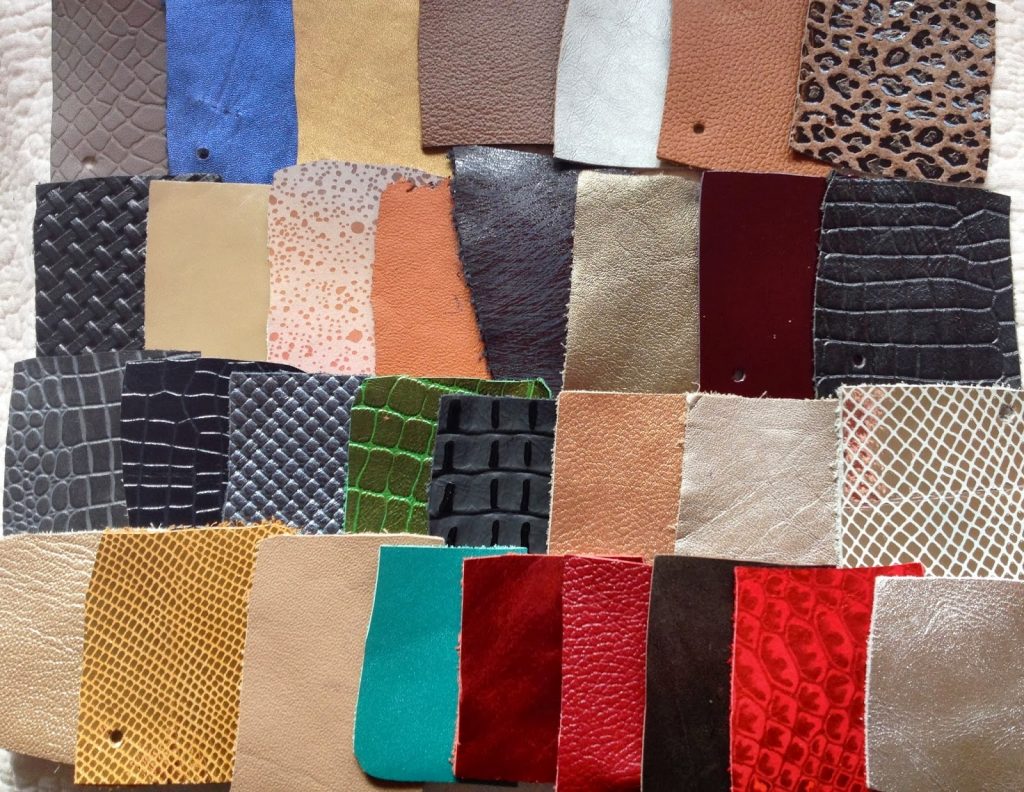Leather sofas provide a warm and luxurious aesthetic to living rooms and family spaces. They are durable, comfortable and are available in a range of blends, colours, and textures. Sofas can be upholstered in many types of leather, but most often manufacturers use genuine leather or, in more inexpensive sofas, bonded leather.

Bonded Leather
Bonded leather looks similar to genuine leather and can be as durable. It is made with genuine leather fibers that are bonded with latex and covered with polyurethane. A finish is applied to make it look like real leather. Sofas covered in bonded leather may have varying amounts of genuine leather in the material, but typically the leather content is around 17 percent. None of this genuine leather content is on the surface of the sofa, however; it is applied to the backing, and the front or visible surface is actually a polyurethane material.

Genuine Leather
Genuine leather upholstery is made from the real hides of animals. Each hide has a unique texture, pattern and coloration. The hides, which are most commonly from cattle, are tanned to make a strong upholstery material. Because it is a natural material, leather also ages well. Leather sofas may show nicks or scars, but these are not considered defects and don’t affect the quality. It takes many hides to cover a single sofa, so variations in color and texture are common.
Care

If liquids are spilled on genuine leather, it usually beads up so that you can wipe it off easily. Suede is the exception, and is more difficult to clean because of its brushed surface. Soaps or alcohol-based products should not be used to clean genuine leather upholstery because they can dry out the material–ask your dealer for a specialty leather cleaner at the time of purchase. Genuine leather sofas should be placed away from heat sources and out of direct sunlight, which can fade, crack or peel the leather. Buckles, shoes or other sharp objects that may be found on clothing can damage leather upholstery as well. Polyurethane-based materials in bonded sofas tend to be resistant to fading and cracking. This type of leather sofa cleans easily, but may also tear if sharp objects like buckles are scraped across the material. Both bonded and genuine leather sofas should be wiped biweekly with a damp cloth. This keeps the pores in the material clear of dirt and debris, which can be abrasive. Genuine leather sofas require treatment with a leather conditioner about twice each year.

Variety
Genuine leather offers a variety of textures and quality. Top-grain leather, for example, comes from the upper layer of the hide, and is used in all high-quality sofas. Typically hides used for top-grain leathers have few or no scars from scratches, insects or branding. They require minimal processing, which equals softer upholstery. Corrected leather is one of the lower qualities of genuine leather. It is made of lower-grain hides that have been through considerable processing using chemicals, paints and stamping. This upholstery isn’t as soft as top-grain leathers but it tends to have a more uniform color and pattern. Bonded leather is available in one main type, which is really a polyurethane material that contains leather fibers sprayed onto the back. Most of the upholstery is made up of polyurethane material. Some manufacturers may use more leather than others, but in general, bonded leather is an alternative for those who want the luxurious look and feel of a leather sofa at a more affordable price.